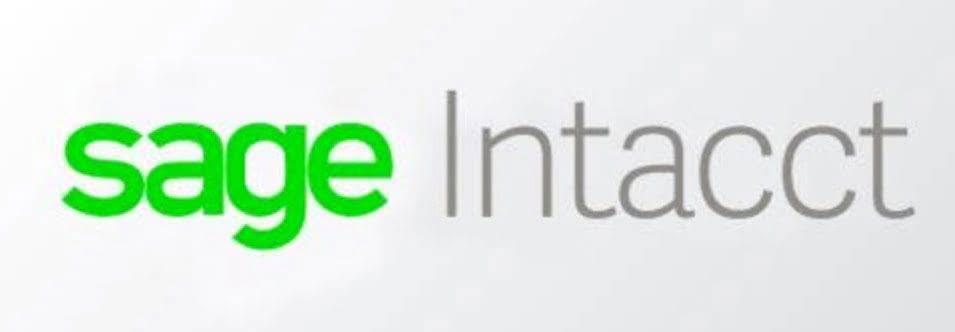Cost of Goods Sold COGS: Definition and How to Calculate It
Service-based businesses might refer to cost of goods sold as cost of sales or cost of revenues. Whether your business manufactures goods or orders them for resale will influence what types of costs you are likely to include. And not all service-based businesses keep track of cost of goods sold — it depends on how they use inventory. Calculating the cost of goods sold, often referred to as COGS in accounting, is essential to determining whether your business is making a profit.
Best accounting software for calculating and tracking COGS
Any costs that directly relate to selling your product should be considered part of your cost of goods sold. For example, if you pay employees to assemble your product, both the product’s raw materials and the employees’ wages are included in your cost of goods sold. These expenses are also known as direct expenses since they relate directly to your product’s creation.
How to Calculate Cost of Goods Sold in Your Business
For the 120 remaining items in inventory, the value of 20 items is $15/item, and the value of 100 items is $20/item. You also have to spend $1 per bath soap on the labor required to craft it and $1 for packaging. To produce a bath soap, your company has to spend approximately $5 per soap on ingredients such as soap base, fragrance, and additives.
Calculating COGS and the Impact On Profits
Like retailers, manufacturers need to exclude certain administrative expenses from COGS. Building costs, in particular, can be tricky as some but not all expenses can be counted cost of goods sold in COGS. Work with a trusted accountant for specific guidance to make sure you get it right. Any business that sells products needs to know its COGS, or cost of goods sold.
- A financial professional will offer guidance based on the information provided and offer a no-obligation call to better understand your situation.
- At the end of the month, they have just $2,000 worth of backpacks to be sold to their customers.
- Its primary service doesn’t require the sale of goods, but the business might still sell merchandise, such as snacks, toiletries, or souvenirs.
- But to calculate your profits and expenses properly, you need to understand how money flows through your business.
- Re-verify your goods purchased, goods sold, and current inventory in order to look for loss or theft.
- By the end of 2018, Twitty’s Books had $440,000 in sellable inventory.
Finance Strategists has an advertising relationship with some of the companies included on this website. We may earn a commission when you click on a link or make a purchase through the links on our site. All of our content is based on objective analysis, and the opinions are our own. By understanding COGS, you can explore strategies, such as reducing costs, streamlining processes, and reducing waste, to improve your bottom line. While COGS and operating expenses are different, they are both important in measuring the success of a business. Improving your bottom line also means finding ways to automate and streamline processes.
With FreshBooks accounting software, you know you’re on the right track to a tidy and efficient ledger. For partnerships, multiple-member LLCs, corporations, and S corporations, the cost of goods sold is calculated on Form 1125-A. This form is complicated, and it’s a good idea to get your tax professional to help you with it. To use the inventory cost method, you will need to find the value of your inventory. The IRS allows several different methods (FIFO or LIFO, for example), depending on the type of inventory. The IRS has detailed rules for which identification method you can use and when you can make changes to your inventory cost method.
The income statement starts with the company’s total revenue or sales for the period. Then, COGS is subtracted from this total revenue to calculate the gross profit. COGS tracks the direct costs tied to the production of a company’s goods. This includes the materials and labor directly used to create the product but excludes indirect expenses such as marketing, distribution, and sales. COGS is a company’s direct cost of inventory sold during a particular period.
- While they might use those items in the office during appointments, reselling that same equipment for patients to use at home plays a different role in cost calculations.
- Suppliers are often willing to negotiate on the price of what they sell you if you can buy in bulk, commit to an exclusive agreement, or sign onto a long-term partnership.
- Both manufacturers and retailers list cost of good sold on the income statement as an expense directly after the total revenues for the period.
- One of the primary purposes of tracking COGS is so that you can write it off on your taxes.
- You may need to physically count everything in inventory or keep a running count during the year.
It’s an essential metric for businesses because it plays a key role in determining a company’s gross profit. Instead of listing COGS as an expense, these types of statements deduct COGS directly from sales revenue to calculate the business’s gross profit. The statement then divides expenses into operating expenses (OPEX) and non-operating expenses.
This assumption is closely matched to the actual flow of goods in most companies. Alas, if this is the first time you’re running a COGS formula, you’ll have to calculate both your beginning and ending inventory. But from this point forward, you’ll need to calculate only your ending inventory. Because one period’s ending inventory will always equal your beginning inventory for the next period.





